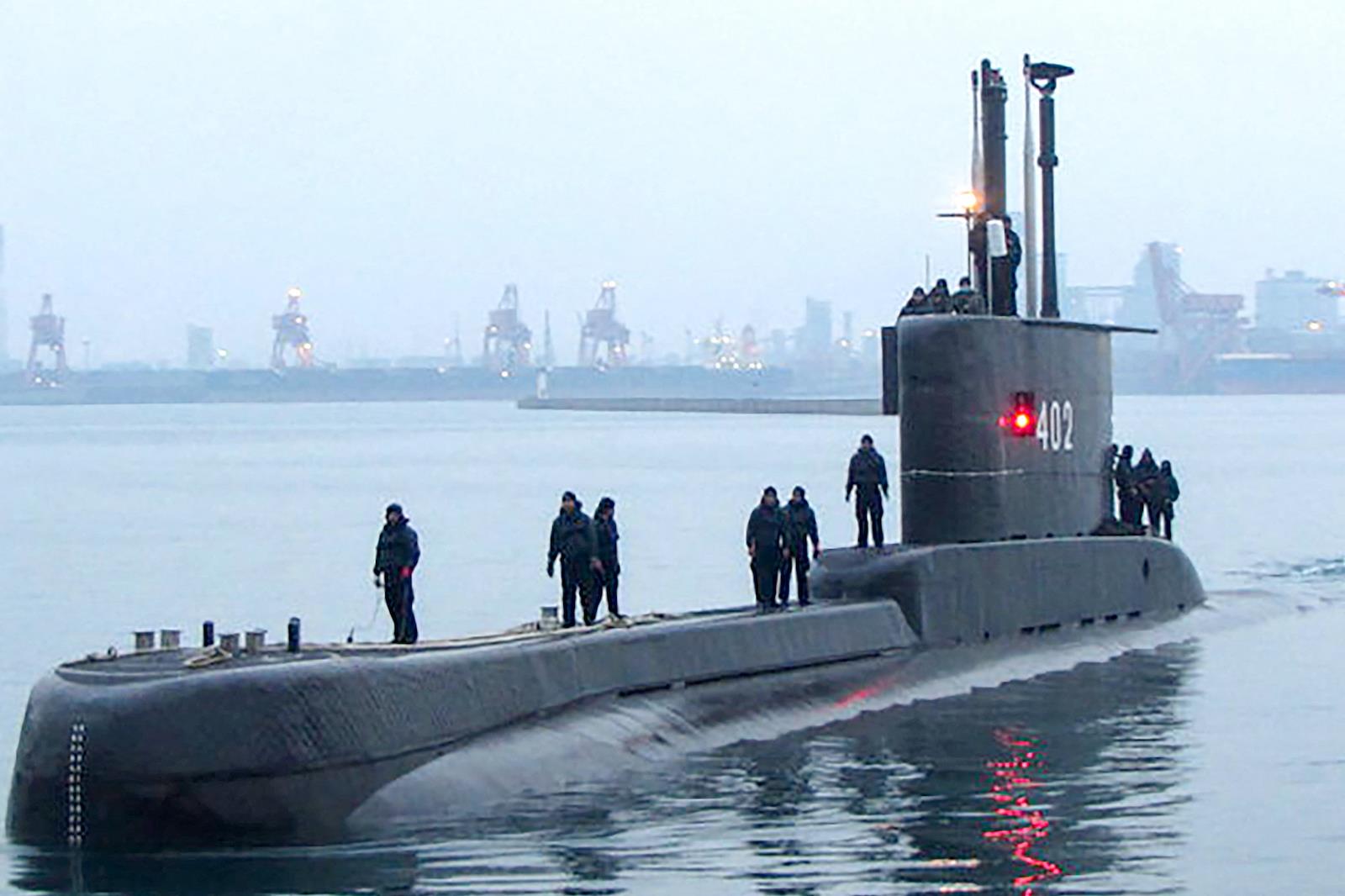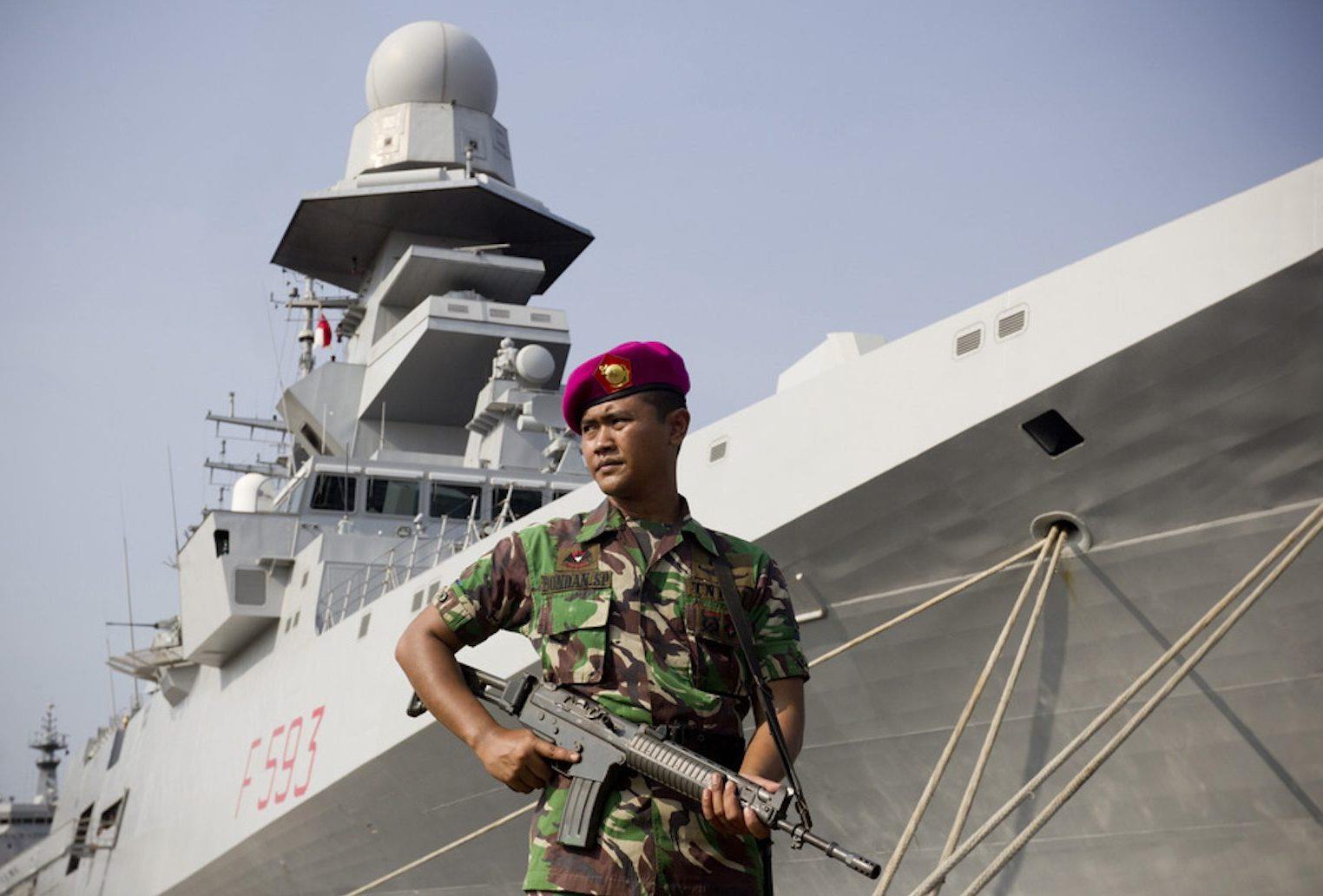(MENAFN- Asia Times)
Indonesia's Navy has announced plans to acquire France's Scorpene-class submarines, formalizing a deal expected to jettison South Korea as Jakarta's primary submarine technology partner.
Scorpene-class subs are jointly built by French shipbuilder Naval Group and Spain's Navantia, and feature a modular design that can carry a large payload at reduced manning and lifecycle costs.
The diesel-propelled boats measure 66 meters to 82 meters in length, displace 2,000 tons, carry a crew of 25 to 31 members and feature the SUBTICS Combat Management System.
On February 10, Indonesia's PT PAL and France's Naval Group signed a preliminary agreement to collaborate on the construction of two Scorpene submarines and to establish a joint research and development facility in Indonesia.
Both sides aim to finalize a contract by mid-2022 to facilitate the integration of weapons and systems onboard the submarines and the provision of training for operation, construction and sustainment with technology transfer in mind.
The contract may also provide a lead-in for the construction of two more Scorpene subs in Indonesia.
That's likely bad news for Seoul. On February 21, South Korea's Chief of Naval Operations Admiral Kim Jung-soo opened the sensitive topic of Indonesia's order for a second batch of submarines from Daewoo Shipbuilding & Marine Engineering (DSME).
The project to deliver three DSME subs to Indonesia has been in limbo for three years, as Indonesia has refused to make the down payment necessary for deliveries to officially begin.
Indonesia is apparently considering canceling the contract in order to reduce defense expenditures amid expectations of shrinking budgets in coming years. The 2021 loss of the KRI Nanggala submarine may have served as an impetus for Indonesia to acquire new-build subs over refurbishing their older German-built, South Korean-refurbished Type 209 units.

The Indonesian Cakra class submarine KRI Nanggala 402 docking at the naval base in Surabaya before its April 2021 disaster. Photo: Handout / Indonesia Military / AFP
While South Korea has offered favorable terms and prices, Indonesia is reportedly not satisfied with the capabilities of the vessels, citing power supply problems connected to batteries among other issues.
In the aftermath of the KRI Nanggala's loss, Indonesia announced an ambitious plan to triple its fleet to 12 units. Apart from building up its submarine fleet, Indonesia plans to acquire more corvettes in response to recent Chinese incursions in the Natuna Islands, situated at the southern end of the South China Sea.
Indonesia's naval strategy and resource constraints make it imperative for it to maintain a large submarine fleet. The country's Archipelagic Sea Defense Strategy emphasizes the importance of having the strategic and operational reach to operate in areas beyond Indonesia's borders with little or no warning.
Operationally, this means developing the naval capabilities to operate far beyond its territorial waters to engage with an adversary, or at least detect enemy activity. As Indonesia has limited resources to build a huge blue water fleet, submarines are an ideal alternative for surface vessels.
First, as stealth platforms, submarines provide greater deterrence than other naval assets, and their long-range strike capability provides a degree of force projection.
Second, Indonesia has a long tradition and significant experience in operating submarines, having done so since 1959. Indonesia's subs saw action against the Dutch in the 1960s, during the invasion of East Timor in the 1970s, and in 1999 when one of its Type 208 subs shadowed the fleet of the International Force East Timor.
Third, Indonesia's submarine program is a significant component of its domestic shipbuilding industry and is one of its seven defense industry priority programs, facilitating defense cooperation between French, German, and South Korean designers.
However, it can be argued that high-visibility platforms such as frigates, offshore patrol vessels and fighter jets backed up by a few strategically-placed submarines are more feasible for Indonesia, as they provide a visible presence showing the flag over disputed maritime territories for far less cost.
Moreover, a large submarine fleet for force projection is necessary only if Indonesia has great power aspirations. While Indonesia aims to be a regional power in Southeast Asia, it remains largely focused on domestic concerns, which precludes such ambitions.
The great expense involved in Indonesia's sub program can force defense planners to shift funds to other less-costly, more feasible projects that can accomplish the same goals in Indonesia's disputed maritime areas.
Indonesia itself already struggles to maintain a maritime presence within its territorial waters, let alone pursue force projection beyond its borders as envisioned by its naval strategy.

An Indonesian officer on guard in front of a naval vessel in a file photo. Photo: Twitter
Apart from France, Russia and Turkey have offered Indonesia their submarines. But Indonesia may have chosen France as their preferred partner due to converging national interests.
France has sold Scorpene subs and Rafale jets to India, and has sold Rafales to Indonesia as well. These arms sales may reflect converging interests between these three countries.
Both France and India harbor fears of becoming subordinate partners within a US-led security architecture. Meanwhile, Indonesia has long maintained an independent foreign policy and has built its defense capabilities without becoming overly reliant on one source.
As such, Indonesia's purchase of Scorpene subs and Rafale jets may form yet another concrete focal point in an emerging trilateral defense relationship between Indonesia, France and India.
These countries all share democratic principles, yet are keen on preserving their strategic independence and national interests without being overly reliant on the US.
MENAFN13032022000159011032ID1103823892
Legal Disclaimer:
MENAFN provides the information “as is” without warranty of any kind. We do not accept any responsibility or liability for the accuracy, content, images, videos, licenses, completeness, legality, or reliability of the information contained in this article. If you have any complaints or copyright issues related to this article, kindly contact the provider above.